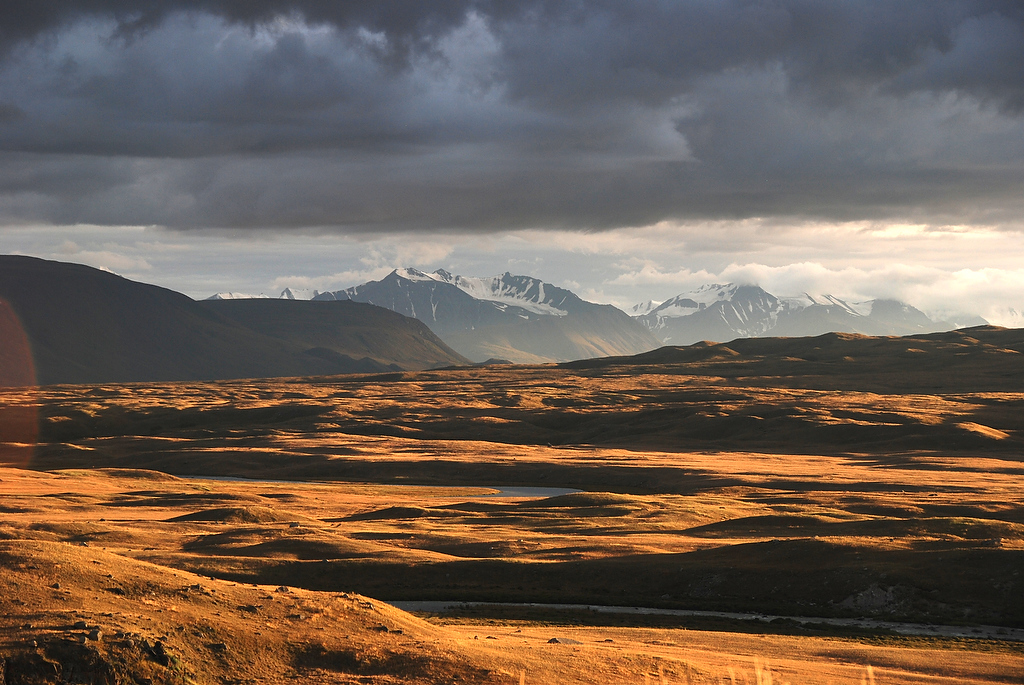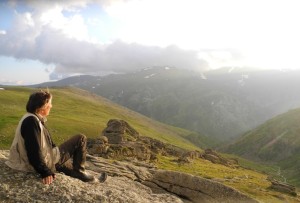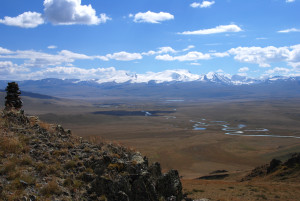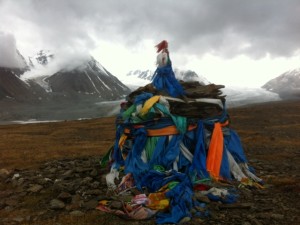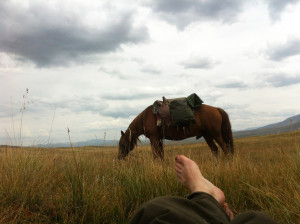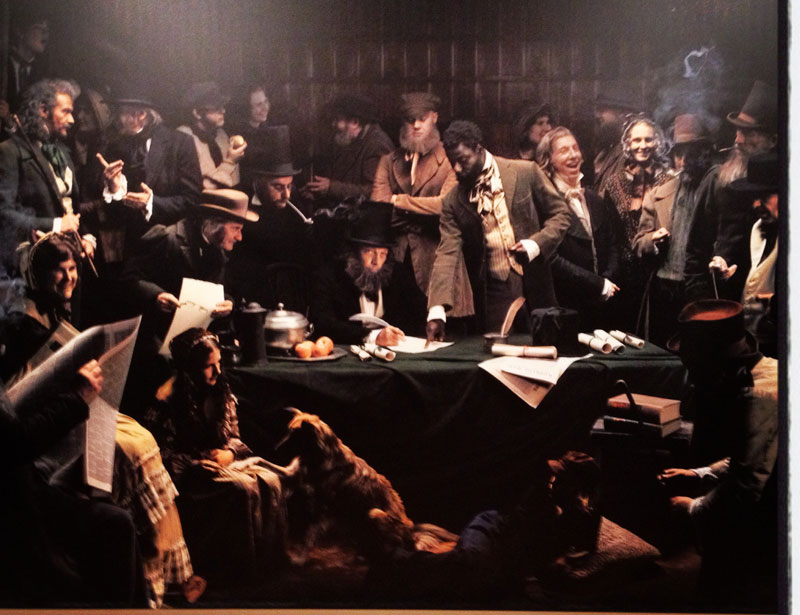I have always been attracted to marginal areas, barren landscapes, which are completely useless for agricultural purposes but provide fertile ground for your mind and soul. So when I first visited the desert it was love at first sight. I quit my job, changed my car for camels and for the next fifteen years explored the North African desert. Like most outsiders, I first thought of the Sahara as a huge sand sea and a barrier of enormous proportion, a big divider, separating North Africa from the Sahel and the West coast from the East coast. But the more I explored its interior and the more I read about its history, the more I came to understand that the Sahara is actually quite the opposite. Not a barrier but a possibility, a void filled with potential, ideas and insights. A huge open space where cultures, languages, knowledge from all four wind directions met and still meet and where cross fertilization takes place. Since the introduction of camels people have lived in the Sahara and cultures on its edges have thrived thanks to trade routes which connect east and west, north and south. Where roads cross centers of trade and learning blossom.
To my big surprise the same can be said of the region where I have spend the past seven years: the Altai mountains in the southwest of Siberia, where four countries meet. The Altai mountains sit right on the four border knot. Archaeologists and historians thought of the Altai mountain range as a barrier and a divider. But after spectacular finds from ancient Scythian graves in the Altai scholars concluded that the opposite is true. The Altai mountains functioned as a social hub, just like the Sahara, and it is from this rocky heart of Eurasia that Indo-European languages, new crafts and inventions spread to Europe.
Last summer I spent two months on the Ukok plateau in the Altai. Half of the time alone with my horse. The Ukok is a high land, a sacred place and a kingdom of peat, moss, bog, glaciers and white capped mountain peaks. I went there in a last attempt to understand what sacred landscape is all about. For years I had been searching for Shambhala, which according to legend can be found in the Altai mountains, and had become intrigued by the indigenous belief in nature spirits and places of power. For me, a biologist, Science was my bible. So the concept of sacred landscape puzzled me. I could not get a grip on it. No matter how long I sat in front of a sacred mountain or standing stone, nothing special would happen. So what was all the fuss about? Ukok plateau, barren, uninhabited, desolate, was the perfect place to find out if nature would speak to me at last. And it did. Big time. I now know things I can hardly put into words, yet the insights I gained on Ukok are as clear and valid as a mathematical formula.
Riding back to civilization I realized that marginal places such as Ukok are essential to human life. We, the human race, would die of spiritual and cultural thirst and hunger if not for these marginal spaces, where ideas are born and renewal takes place. Marginal landscapes are shadowy places, noboby really knows what to do with it. This, its vagueness and apparent uselessness, is in fact its greatest asset. Margins are free zones, where nothing is set in stone and everything is possible. Margins are places where gods and spirits reside, where miracles can happen and visions appear in dreams. Marginal areas are breeding grounds, nurseries and sources of creation. Which is why artists, shamans, visionaries and black smith mostly live on the outskirts of a town or village.
This blog is a plea to protect the last iconic marginal landscapes, if only because we need the margins more than they need us.
Arita Baajiens is a writer and a seasoned explorer from the Netherlands, read more at http://www.aritabaaijens.nl/index_en.php
